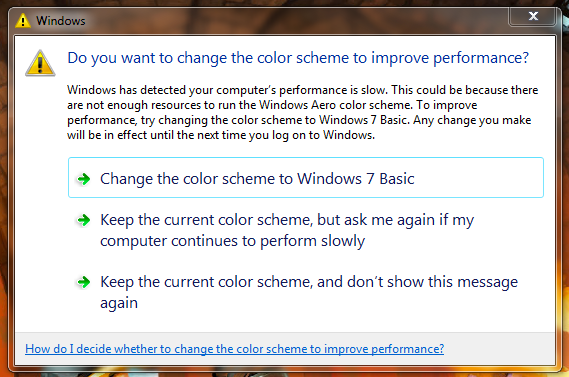Tag: decision support
OneTouch Verio IQ meter
I won’t review this meter, since I haven’t tested one, and there is a very thorough review already here at DiabetesMine. I do want to draw attention to it, however. The draw of this meter is that it purports to find patterns in a user’s glucose data and to then give the user feedback and recommendations about how to make changes based on those patterns. In theory, this sounds wonderful. Give feedback to a patient during a “teachable moment,” ie at the moment when the feedback is relevant and someone is most likely to learn from it. Unfortunately, according to the DiabetesMine review, the actionable recommendations are actually contained in a separate paper book that you have to request. This would significantly detract from the usefulness of the feedback given by the meter.
There is significant medical literature about decision support and how to make it successful. One BMJ systematic review from Kawamoto et al in 2005 noted that four key features are that “(a) decision support provided automatically as part of clinician workflow, (b) decision support delivered at the time and location of decision making, (c) actionable recommendations provided, and (d) computer based.” It sounds like the Verio IQ meter tries to achieve these goals but still falls short…


